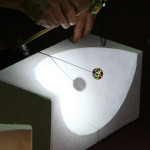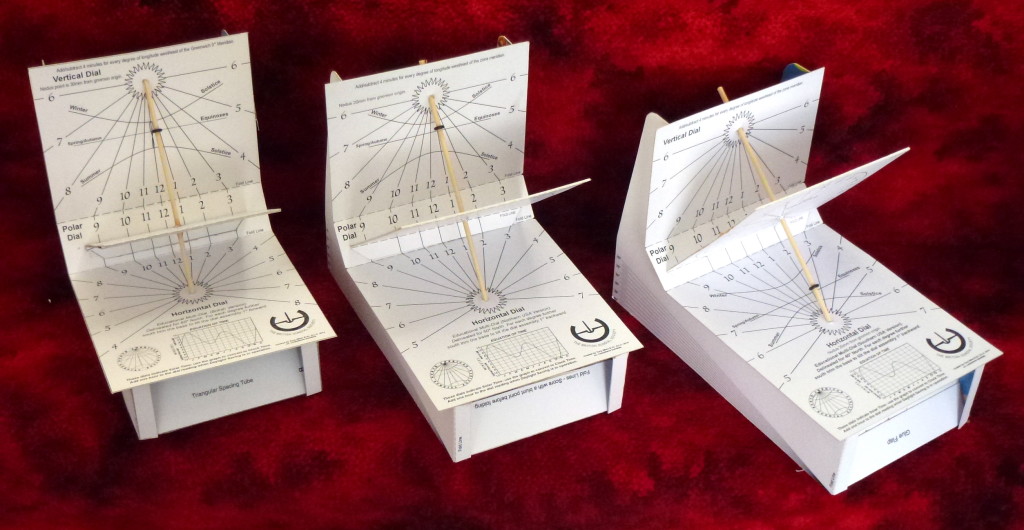Thanks to B. Tomas Johansson for providing a paper on the use of vectors and projections as a efficient way of describing 3D objects and hence of general use for sundials. The full paper can be read here.
Visitors are reminded that we are always on the look-out for sundial-related articles that can be publicised in this way. The current list is available here. and material for possible contributions would be welcomed by webmaster@sundialsoc.org.uk.

